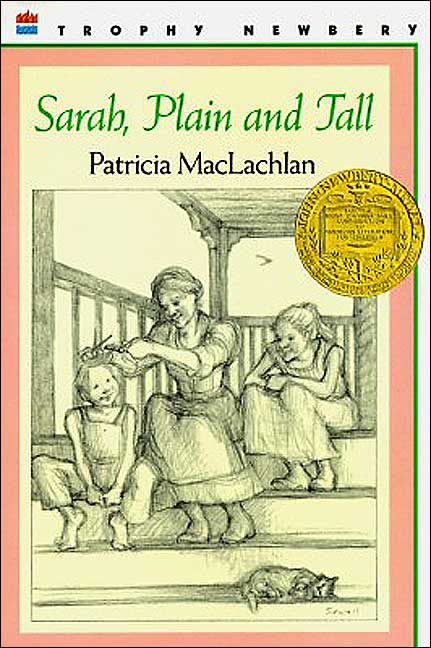
Teachers can use this book to discuss the different versions of fairytale. For example, teachers can read this story along with the original story of Cinderella and the students can compare the events that happen in the story.







 good children and lock the door at night. Wolf saw the mother leave and disguised himself as an old woman. He was pretending to be the children's grandmother. The wolf tries his best to get into the house and the children finally let him in. The oldest child realizes that the wolf is lying when she lights the lamp and sees the wolf's face before he blows out the light. The oldest child offers the wolf ginko nuts. She tells the wolf how tender the nuts are and makes wolf want some right away. All three children climb the ginko tree and threw a basket down to wolf so he could climb in. The children pull wolf halfway and drop him to the ground. They repeat this three times and on the third time, wolf dies. Finally their mother returns home and the children tell her about the wolf coming to their house.
good children and lock the door at night. Wolf saw the mother leave and disguised himself as an old woman. He was pretending to be the children's grandmother. The wolf tries his best to get into the house and the children finally let him in. The oldest child realizes that the wolf is lying when she lights the lamp and sees the wolf's face before he blows out the light. The oldest child offers the wolf ginko nuts. She tells the wolf how tender the nuts are and makes wolf want some right away. All three children climb the ginko tree and threw a basket down to wolf so he could climb in. The children pull wolf halfway and drop him to the ground. They repeat this three times and on the third time, wolf dies. Finally their mother returns home and the children tell her about the wolf coming to their house.





Create your own video slideshow at animoto.com.
This novel tells a story of a African American family that lives in Flint, Michigan. The family consists of two sons, Byron & Kenny, one girl, Joetta, and a mother and father. The family goes through struggles with their oldest son Byron and threaten him numerous times to send him to Birmingham to stay with his grandmother. Byron does not believe that his parents would send him away and he kept acting out. Finally, his parents had enough and they pack up the family in the "Brown Bomber" and drove for 3 days until they reached Birmingham, Alabama. While they are visiting, the family encounters a tragedy that occurs at a church in Birmingham. Someone bombed the church and for little girls died. The family comes together when they all need each other the most.
Teachers can use ANIMOTO videos in their classroom to give their students an opportunity to create their own videos. It is very simple to make. The student needs to have pictures in order to create the video and ANIMOTO provides music that students can choose from to make the video even more special.
